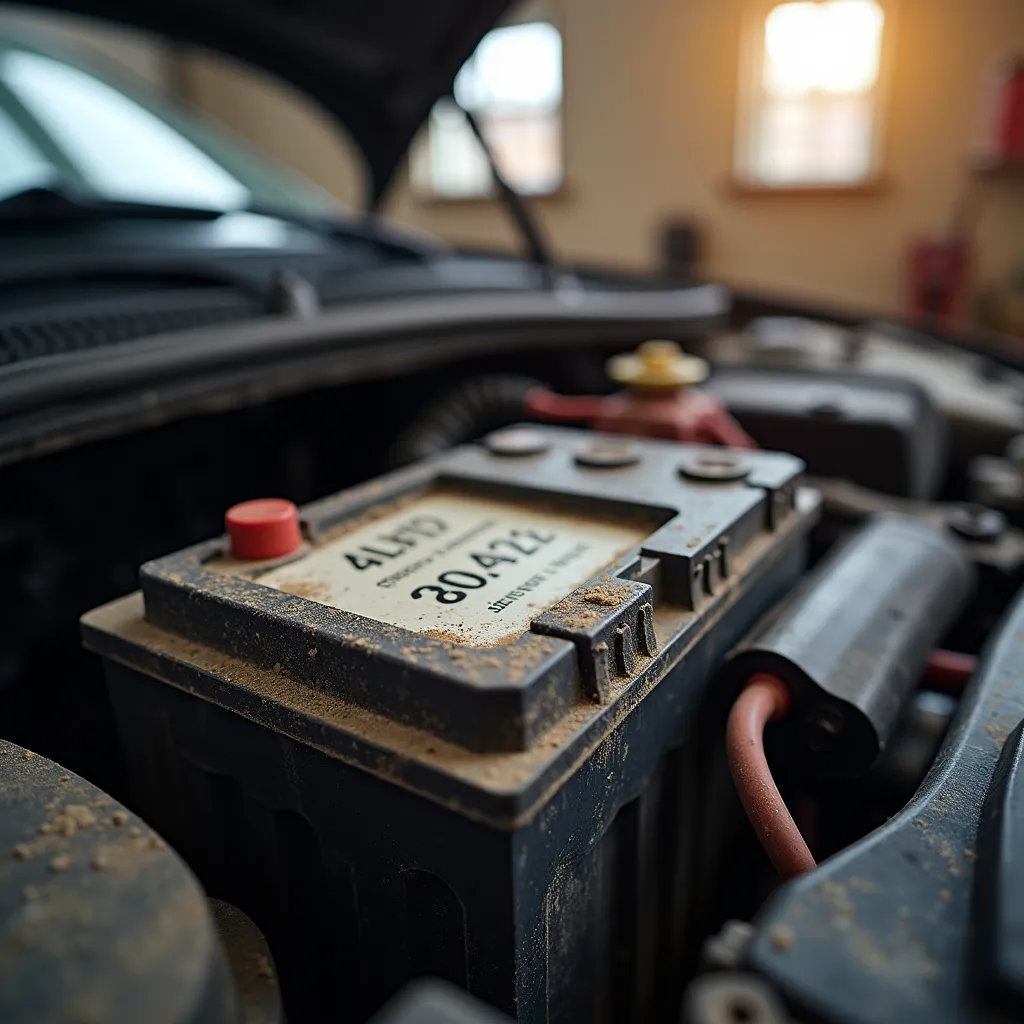🔋 How Long Does a Car Battery Last Without Driving?
In today’s fast-paced world, it’s not uncommon for cars to sit idle—especially for those who work from home, own multiple vehicles, or store their cars for seasonal use. But while it may seem harmless to leave your car parked for extended periods, the reality is that inactivity can slowly kill your car battery.
Understanding how long a car battery can last without being driven, and how to preserve its health, is crucial for avoiding costly breakdowns and replacements. In this comprehensive guide, we’ll explain how long your battery lasts without use, why it drains even when off, and what you can do to maintain it.
⏳ How Long Can a Car Battery Last Without Being Driven?
A standard car battery will typically last between 2 to 4 weeks without driving, but this is only a general range. The actual duration depends on multiple variables, including:
- Battery age and condition
- Vehicle make and model
- Ambient temperature
- Electrical components and parasitic draw
For newer cars, especially those packed with electronics, the draw from features like onboard computers, alarm systems, and even smart key systems can be enough to drain a battery faster than you’d expect.
🧠 What Is Parasitic Battery Drain?
Even when your car is turned off, it’s not truly “off.” Electrical components continue to consume power in the background. This slow but constant battery usage is referred to as parasitic drain.
Common Sources of Parasitic Drain:
- Security systems (alarms)
- Keyless entry modules
- ECU memory
- Clock and radio presets
- Aftermarket GPS or dash cams
- Bluetooth receivers and connected modules
Each of these may only draw milliamps of power, but over the course of days or weeks, the drain accumulates and can leave you with a dead battery.
📊 Battery Drain Timeline – What to Expect
| Condition | Estimated Time Until Dead Battery |
|---|---|
| Brand new battery, garage stored, ideal temp | 4–5 weeks |
| 1–2-year-old battery, occasional electronics | 2–3 weeks |
| Cold weather or freezing temps | 1–2 weeks |
| Vehicle with aftermarket accessories | Less than 2 weeks |
| Older battery (3+ years) | A few days to 2 weeks |
It’s important to note that a fully discharged battery can become permanently damaged if not recharged promptly. Sulfation may occur, preventing the battery from holding a full charge again.
❄️ Why Cold Weather Accelerates Battery Drain
Car batteries are electrochemical devices. In cold environments, the chemical reactions that generate current slow down, reducing the battery’s ability to deliver power. This, combined with the engine requiring more energy to crank in winter, makes battery failure significantly more likely.
Pro Tip: Even if the battery isn’t actively draining faster, its output is reduced in cold weather. A healthy battery in summer may fail to start your car on a freezing winter morning.
🧰 How to Prevent Your Car Battery from Dying During Inactivity
Thankfully, you don’t need to drive every single day to keep your battery healthy. But you do need to take some simple steps to prevent discharge:
✅ 1. Start Your Car Weekly
Let your engine run for 15–20 minutes once a week. This allows the alternator to recharge the battery. However, just idling may not be as effective as driving.
✅ 2. Take It for a Spin
Driving your car for at least 10 minutes at highway speeds is much better than simply letting it idle in your driveway. It not only charges the battery but also circulates fluids and prevents engine wear.
✅ 3. Use a Battery Maintainer (Trickle Charger)
A smart trickle charger keeps the battery at optimal voltage without overcharging. It’s ideal for vehicles stored for long periods, like classic cars or RVs.
✅ 4. Clean the Battery Terminals
Corroded terminals reduce the battery’s ability to receive and hold a charge. Use a wire brush and baking soda solution to clean buildup from terminals every few months.
🛑 Parking Long-Term? Follow These Tips
If you plan on storing your vehicle for more than a month, take these precautions to keep your battery from dying:
- Disconnect the negative terminal to cut parasitic drain
- Store the car in a temperature-controlled garage if possible
- If parking outdoors, use a solar battery maintainer
- Avoid leaving USB chargers or accessories plugged in
- Consider removing the battery entirely and storing it indoors
🔍 Signs Your Battery Is Dying
Even if the battery doesn’t fully die, a weakened battery may show symptoms that suggest it’s nearing failure:
- Slow or delayed engine cranking
- Clicking sound when turning the ignition key
- Dim interior or dashboard lights
- Power windows or door locks operating sluggishly
- Dashboard warning light for battery or alternator
If you notice any of these issues, have the battery tested at an auto parts store or mechanic. Many offer free battery health checks.
🔋 How Long Should a Car Battery Last in General?
A well-maintained car battery typically lasts 3–5 years. However, letting it regularly die from inactivity will shorten its lifespan dramatically.
If you’ve had to jump-start your battery more than a couple of times in the past year, it’s probably time to replace it—even if it’s less than 3 years old.
📌 Conclusion: Don’t Let a Dead Battery Catch You Off Guard
Infrequent driving can silently drain your car battery and leave you stranded when you least expect it. But with a little preventative care, you can avoid the inconvenience and cost of replacing a dead battery.
Remember:
- ✅ Drive weekly or at least start your engine
- ✅ Use a battery maintainer if parking long-term
- ✅ Store the car in a garage if possible
- ✅ Clean terminals and avoid accessories
If your lifestyle requires extended periods without driving, treat your battery like any other essential component—it needs attention, even when idle.

